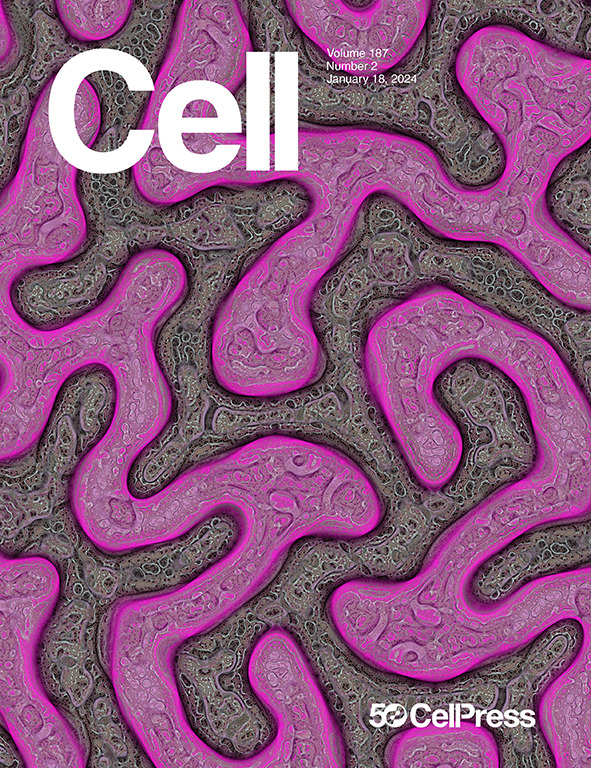Cell-type-directed network-correcting combination therapy for Alzheimer’s disease
IF 45.5
1区 生物学
Q1 BIOCHEMISTRY & MOLECULAR BIOLOGY
引用次数: 0
Abstract
Alzheimer’s disease (AD) is a multifactorial neurodegenerative disorder characterized by heterogeneous molecular changes across diverse cell types, posing significant challenges for treatment development. To address this, we introduced a cell-type-specific, multi-target drug discovery strategy grounded in human data and real-world evidence. This approach integrates single-cell transcriptomics, drug perturbation databases, and clinical records. Using this framework, letrozole and irinotecan were identified as a potential combination therapy, each targeting AD-related gene expression changes in neurons and glial cells, respectively. In an AD mouse model with both Aβ and tau deposits, this combination therapy significantly improved memory performance and reduced AD-related pathologies compared with vehicle and single-drug treatments. Single-nucleus transcriptomic analysis confirmed that the therapy reversed disease-associated gene networks in a cell-type-specific manner. These results highlight the promise of cell-type-directed combination therapies in addressing multifactorial diseases like AD and lay the groundwork for precision medicine tailored to patient-specific transcriptomic and clinical profiles.

细胞类型导向的网络校正联合治疗阿尔茨海默病
阿尔茨海默病(AD)是一种多因素神经退行性疾病,其特征是不同细胞类型的异质性分子变化,对治疗开发提出了重大挑战。为了解决这个问题,我们引入了一种基于人类数据和现实世界证据的细胞类型特异性多靶点药物发现策略。这种方法整合了单细胞转录组学、药物干扰数据库和临床记录。在这个框架下,来曲唑和伊立替康被确定为一种潜在的联合治疗,分别针对神经元和神经胶质细胞中ad相关基因表达的变化。在具有Aβ和tau沉积的AD小鼠模型中,与载药和单药治疗相比,该联合治疗显着改善了记忆表现并减少了AD相关病理。单核转录组学分析证实,该疗法以细胞类型特异性的方式逆转了疾病相关的基因网络。这些结果突出了细胞类型导向的联合疗法在治疗多因素疾病(如AD)方面的前景,并为针对患者特异性转录组学和临床特征的精准医学奠定了基础。
本文章由计算机程序翻译,如有差异,请以英文原文为准。
求助全文
约1分钟内获得全文
求助全文
来源期刊

Cell
生物-生化与分子生物学
CiteScore
110.00
自引率
0.80%
发文量
396
审稿时长
2 months
期刊介绍:
Cells is an international, peer-reviewed, open access journal that focuses on cell biology, molecular biology, and biophysics. It is affiliated with several societies, including the Spanish Society for Biochemistry and Molecular Biology (SEBBM), Nordic Autophagy Society (NAS), Spanish Society of Hematology and Hemotherapy (SEHH), and Society for Regenerative Medicine (Russian Federation) (RPO).
The journal publishes research findings of significant importance in various areas of experimental biology, such as cell biology, molecular biology, neuroscience, immunology, virology, microbiology, cancer, human genetics, systems biology, signaling, and disease mechanisms and therapeutics. The primary criterion for considering papers is whether the results contribute to significant conceptual advances or raise thought-provoking questions and hypotheses related to interesting and important biological inquiries.
In addition to primary research articles presented in four formats, Cells also features review and opinion articles in its "leading edge" section, discussing recent research advancements and topics of interest to its wide readership.
 求助内容:
求助内容: 应助结果提醒方式:
应助结果提醒方式:


